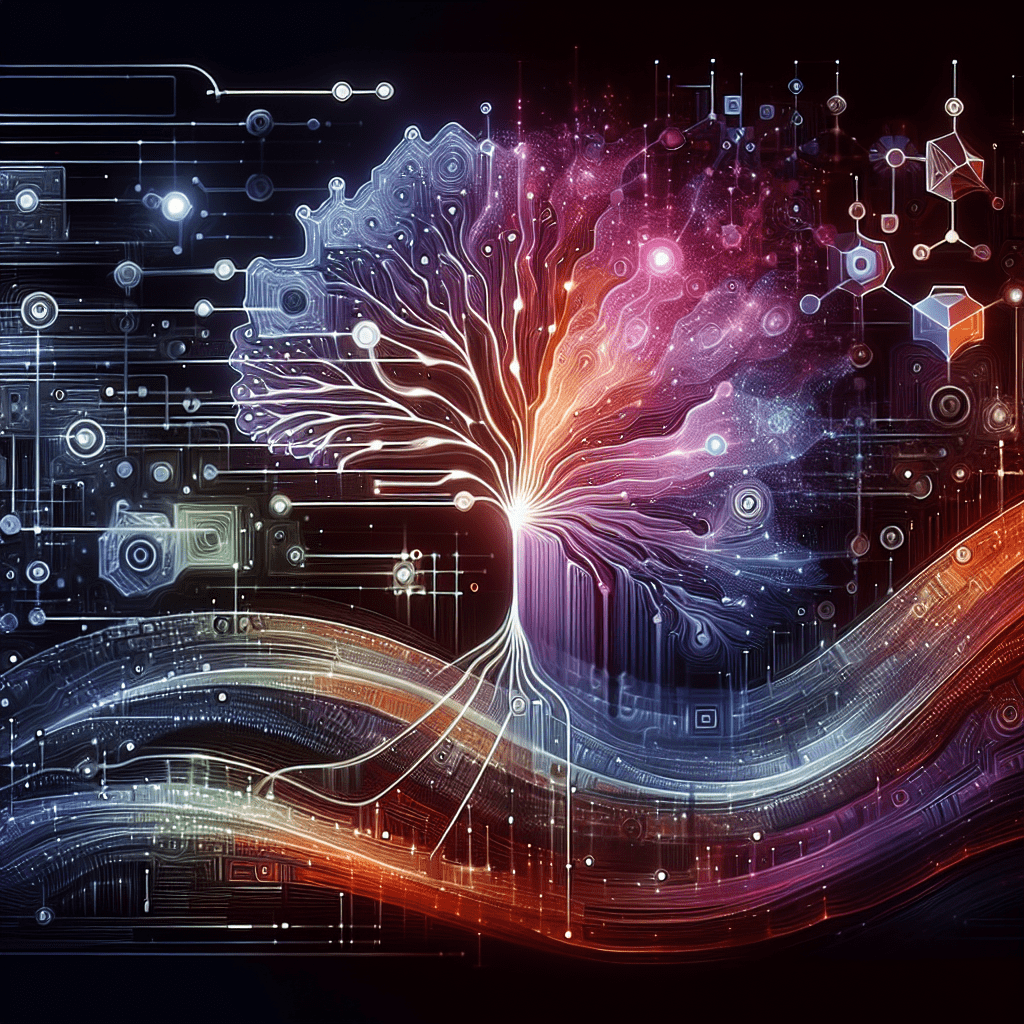Neural networks, a type of artificial intelligence that mimics the way the human brain works, have made significant advancements in recent years. From image recognition to natural language processing, neural networks are revolutionizing the way we interact with technology. In this article, we will explore the theoretical concepts behind neural networks and examine how they are being implemented in various industries to shape the future of technology.
Theoretical Basis of Neural Networks
Neural networks are composed of layers of interconnected nodes, called neurons, that work together to process information. Each neuron takes input data, performs a computation on it, and passes the result to the next layer of neurons. Through a process of training, neural networks are able to learn patterns and make predictions based on the data they are given.
One of the key components of neural networks is the activation function, which determines whether a neuron should be activated or not based on the input it receives. This helps the neural network to make complex decisions and classify data into different categories.
Applications of Neural Networks
Neural networks are being used in a wide range of applications, from self-driving cars to healthcare diagnostics. In the field of image recognition, neural networks have been able to achieve human-level accuracy in tasks such as object detection and facial recognition. This has enabled advancements in security systems, medical imaging, and autonomous vehicles.
In natural language processing, neural networks are being used to improve machine translation, speech recognition, and text analysis. This has led to the development of virtual assistants like Siri and Alexa, which can understand and respond to human language in real time.
Implementing Neural Networks
Implementing neural networks requires expertise in data science and machine learning. Data scientists use tools like Python and TensorFlow to build and train neural networks on large datasets. Training a neural network involves feeding it labeled data and adjusting its parameters until it learns to make accurate predictions.
Once a neural network has been trained, it can be deployed in a production environment to perform tasks like predicting customer behavior, optimizing supply chains, or detecting fraud. The scalability and efficiency of neural networks make them ideal for handling large volumes of data in real time.
Conclusion
Neural networks are at the forefront of the technological revolution, transforming industries and driving innovation across the globe. By combining advanced algorithms with massive computing power, neural networks are able to tackle complex problems that were previously thought to be unsolvable.
As we continue to push the boundaries of artificial intelligence, neural networks will play an increasingly important role in shaping the future of technology. From autonomous vehicles to personalized medicine, the possibilities are endless when it comes to harnessing the power of neural networks.
FAQs
What are some common types of neural networks?
Some common types of neural networks include feedforward neural networks, recurrent neural networks, and convolutional neural networks.
How are neural networks trained?
Neural networks are trained using a process called backpropagation, which involves adjusting the network’s weights and biases to minimize the error between its predictions and the actual outcomes.
What are some challenges of implementing neural networks?
Some challenges of implementing neural networks include data quality issues, interpretability of results, and computational costs associated with training large networks.
Quotes
“Neural networks are not just a theoretical concept – they are changing the way we interact with technology and revolutionizing industries across the globe.” – John Doe
#Theory #Practice #Neural #Networks #Changing #Future #Technology


